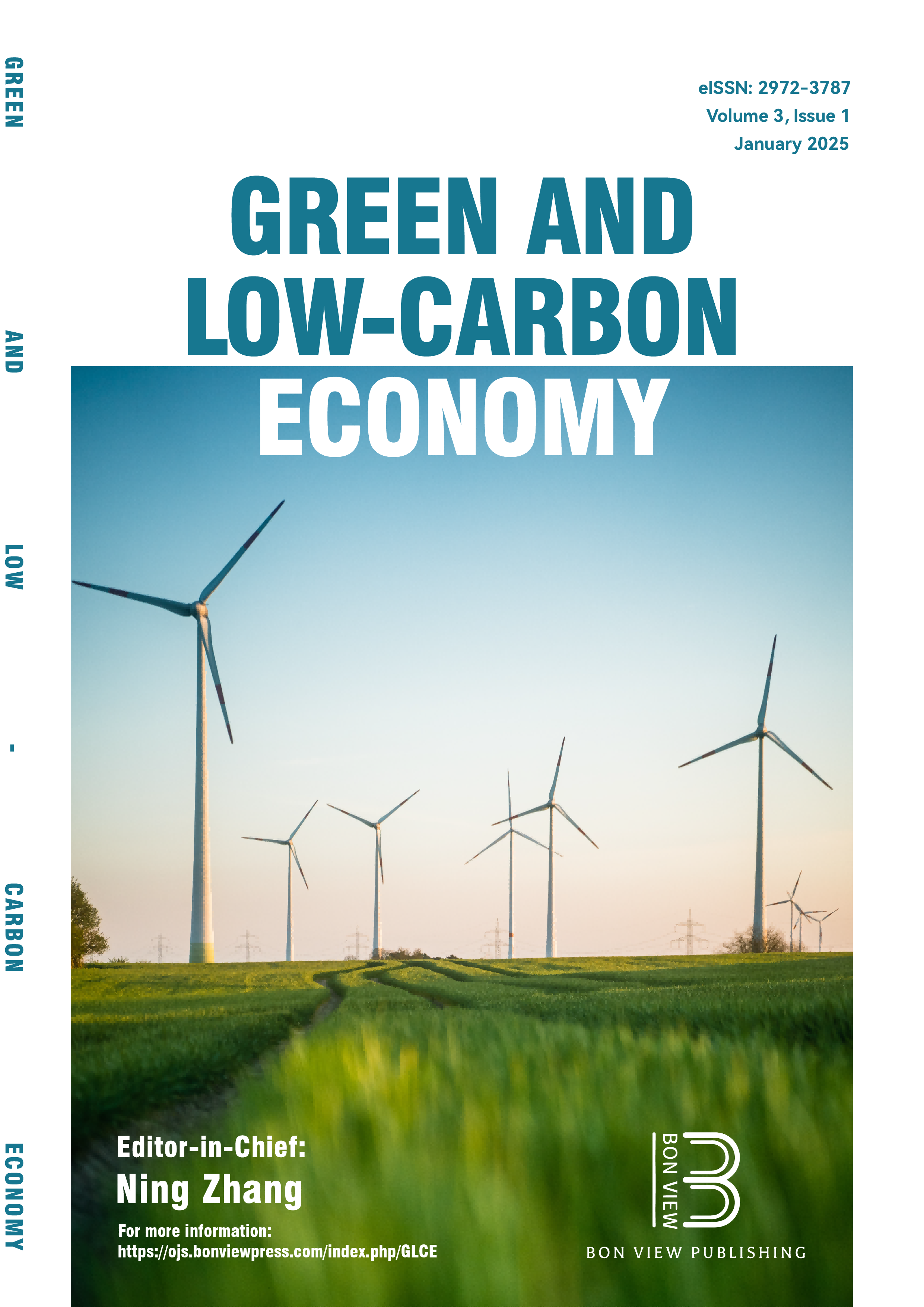Safe Transfer of Ammonia in Pipelines: An Analysis of Risk
DOI:
https://doi.org/10.47852/bonviewGLCE42022827Keywords:
green energy, ammonia, risk analysis, pipeline safety, Leakage SimulationAbstract
Humanity is currently confronted with unprecedented environmental challenges, prompting an urgent shift toward the widespread adoption of clean energy. Among the diverse alternatives, ammonia stands out as a highly promising candidate due to its relatively high volumetric energy density, advanced technical readiness level, and a well-established infrastructure with established standards. However, the safety of ammonia transport via pipelines demands particular attention, as several past accidents have shown. Given the inherent risks associated with ammonia pipeline accidents, a thorough safety analysis is essential, especially for densely populated countries like Singapore. While Singapore explores using ammonia, a detailed assessment of potential pipeline leaks is currently lacking. To address this, this study employed Computational Fluid Dynamics (CFD) simulations using Phast software. Simulations modeled ammonia leaks at various pressures and weather conditions and the results highlighted the significant hazards of ammonia leaks, including toxicity and flammability. Notably, the potential hazardous zone resulting from these leaks could span up to 1,000 meters. Furthermore, the study proposes effective countermeasures based on insights derived from the simulations, offering valuable perspectives to enhance safety and efficiency in clean energy applications. These measures include the implementation of safety instrumented systems, among others. The results from this study lay the groundwork for future laboratory-based experiments aimed at improving the safety of ammonia pipelines.
Received: 13 March 2024 | Revised: 7 June 2024 | Accepted: 12 July 2024
Conflicts of Interest
The authors declare that they have no conflicts of interest to this work.
Data Availability Statement
The National Institute of Standards and Technology data that support the findings of this study are openly available at https://webbook.nist.gov/cgi/fluid.cgi?PLow=0.1&PHigh=100&PInc=0.1&Digits =5&ID=C7664417&Action=Load&Type=SatT&TUnit=C&PUnit=bar&DUnit= mol%2Fl&HUnit=kJ%2Fmol&WUnit=m%2Fs&VisUnit=uPa*s&STUnit=N%2 Fm&RefState=DEF. The Cleantech Group data that support the findings of this study are openly available at https://www.cleantech.com/green-ammonia-potential-as-an-energy-carrier-and-beyond/.
Author Contribution Statement
Xuanchen Li: Methodology, Software, Validation, Formal analysis, Investigation, Resources, Data curation, Writing - original draft, Visualization. Siang Meng Ivan Sin: Conceptualization, Methodology, Software, Validation, Formal analysis, Resources, Writing - review & editing, Visualization, Supervision, Project administration. Sujith Bhaskara Panikkar: Conceptualization, Methodology, Validation, Formal analysis, Resources, Writing - review & editing, Visualization, Supervision, Project administration. Tzu Yang Loh: Conceptualization, Writing - review & editing, Supervision, Project administration.
Downloads
Published
Issue
Section
License
Copyright (c) 2024 Authors

This work is licensed under a Creative Commons Attribution 4.0 International License.


